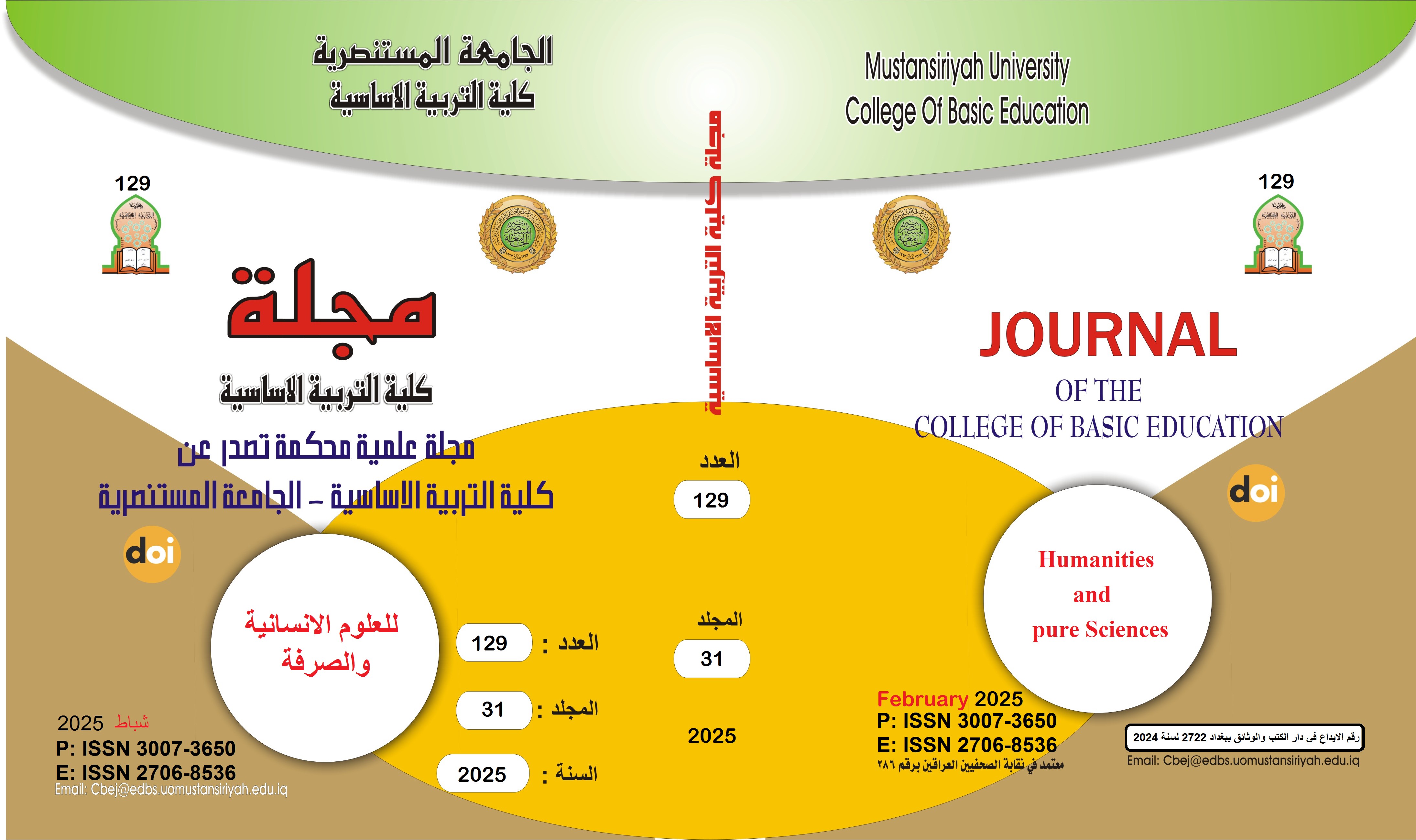"Grammatical Cases in Surah Al-Kahf: The Case of Objects as a Model"
Main Article Content
Abstract
Surah Al-Kahf is one of the Quranic chapters characterized by the diversity of its linguistic styles and the richness of its meanings. Among these styles, the use of objects (mafāʿīl) plays a vital role in constructing sentences and clarifying the intended meanings, adding depth and precision in conveying messages to the reader. Below is an explanation of the types of objects and their impact in the Surah: Direct Object (Mafʿūl Bih): It is used to clarify what is affected by the action of the subject, helping define the relationship between the verb, subject, and object. It highlights the specific details that might be overlooked when interpreting sentences, indicating who or what is influenced by the action. Object of Emphasis (Mafʿūl Muṭlaq): This appears in the Surah to emphasize the verb, clarify its type, or count. It adds a layer of intensity or specificity to the verses, thereby enhancing the reader's understanding of the events and divine commands in the Quran. Object of Purpose (Mafʿūl Lih: It highlights the reason or cause behind the action, offering an interpretive dimension to the sentences. This helps the reader grasp the divine purposes and intentions behind the commands or stories presented in the Surah. Object of Accompaniment (Mafʿūl Maʿah): This is used to express companionship or participation between the subject and another entity in the action. This type of object adds aesthetic value to the text, depicting the action as a complete event involving other elements, thus enhancing the narrative imagery of the events.
Article Details

This work is licensed under a Creative Commons Attribution-ShareAlike 4.0 International License.
